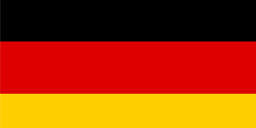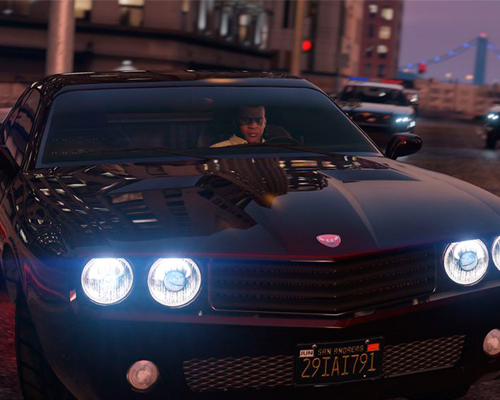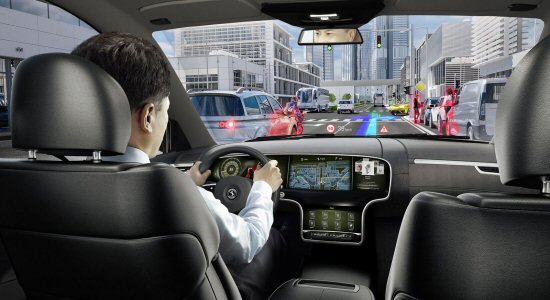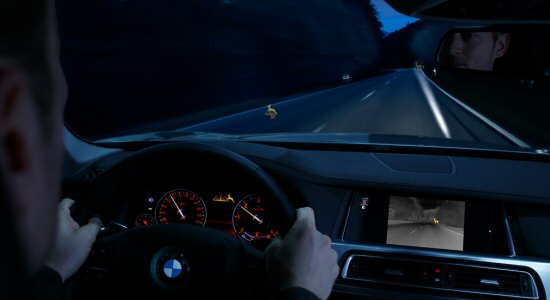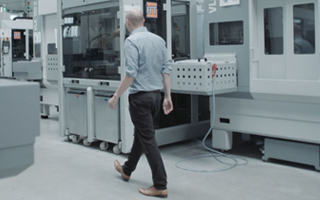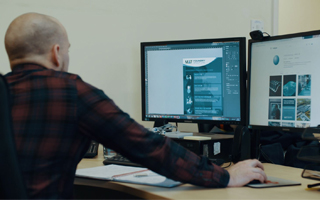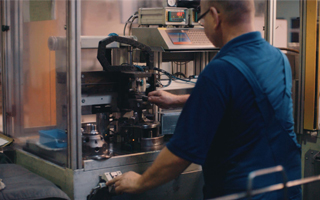What Are Holographic Head Up Displays?
1st February 2019
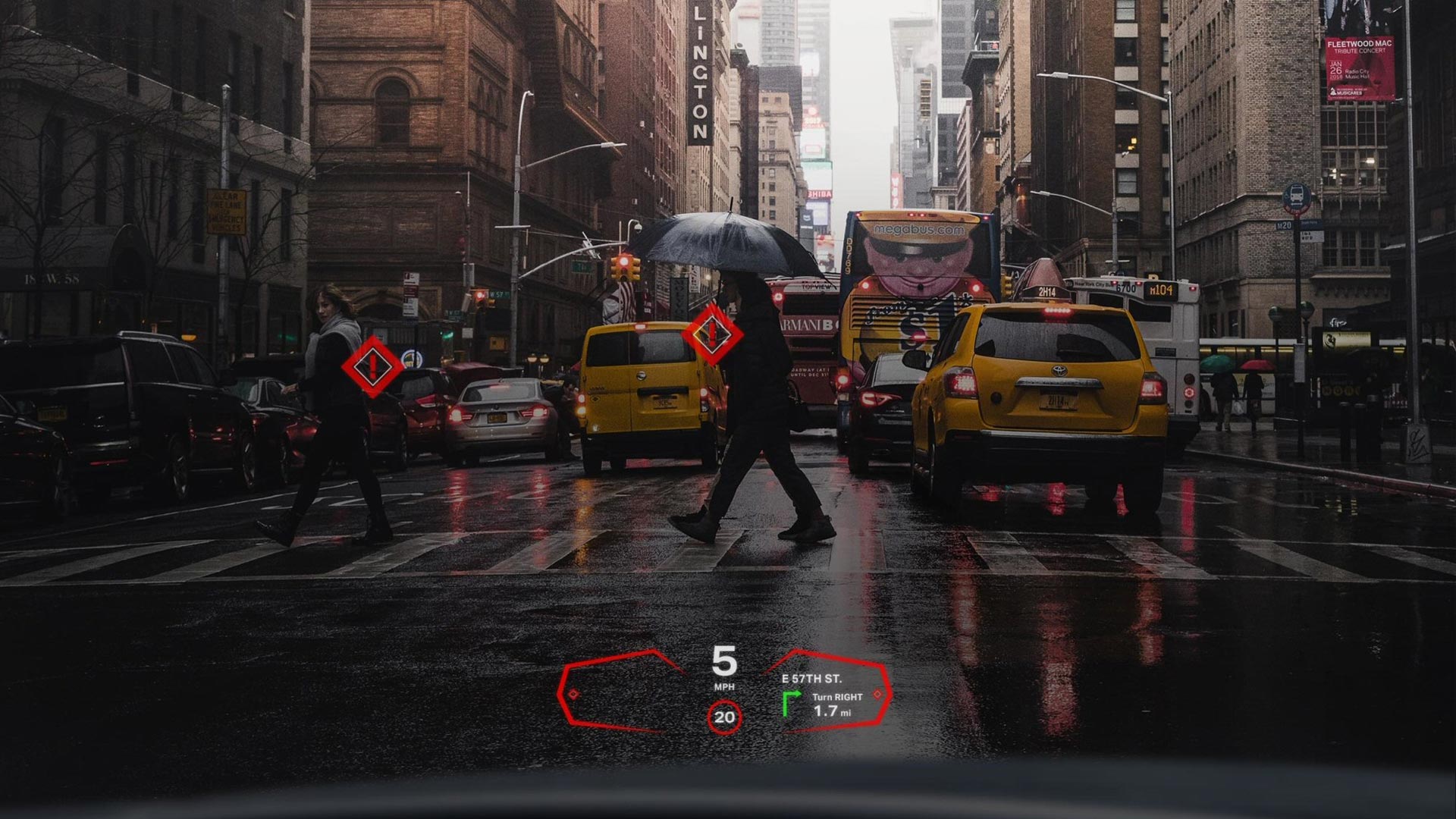
Of all the new technologies that emerge for use in automobiles, ones that improve safety usually find their way into widespread use.
It’s also true that most new technologies begin life reserved for a select few high-end vehicles, before eventually disseminating their way down the automotive family tree and into the average hatchback or supermini.
A piece of tech that attracted a lot of attention at the beginning of 2019 benefits from being both a safety improvement and quite a cool piece of kit – one that just about any car owner would like to have the option of using.
UK firm Envisics has constructed a new type of Head Up Display (HUD), one that could have a significant impact on how we drive, and how the interiors of vehicles are designed.
HUD systems themselves are nothing new, having been developed for military fighter aircraft in the 1950’s. Still in use, they provide critical information to the pilot without them having to look at their instrumentation – a big deal when travelling faster than the speed of sound where a millisecond could truly be the difference between life and death.
Many models of cars now utilise HUDs to do the same, displaying pieces of information to the driver and allowing them to maintain the maximum amount of time looking at the road – reducing the chance of accident through distraction.
Indeed, one criticism of certain traffic calming measures is that they encourage, or even forces, drivers to pay too much attention to their instrument cluster in order to maintain specific vehicle speeds.
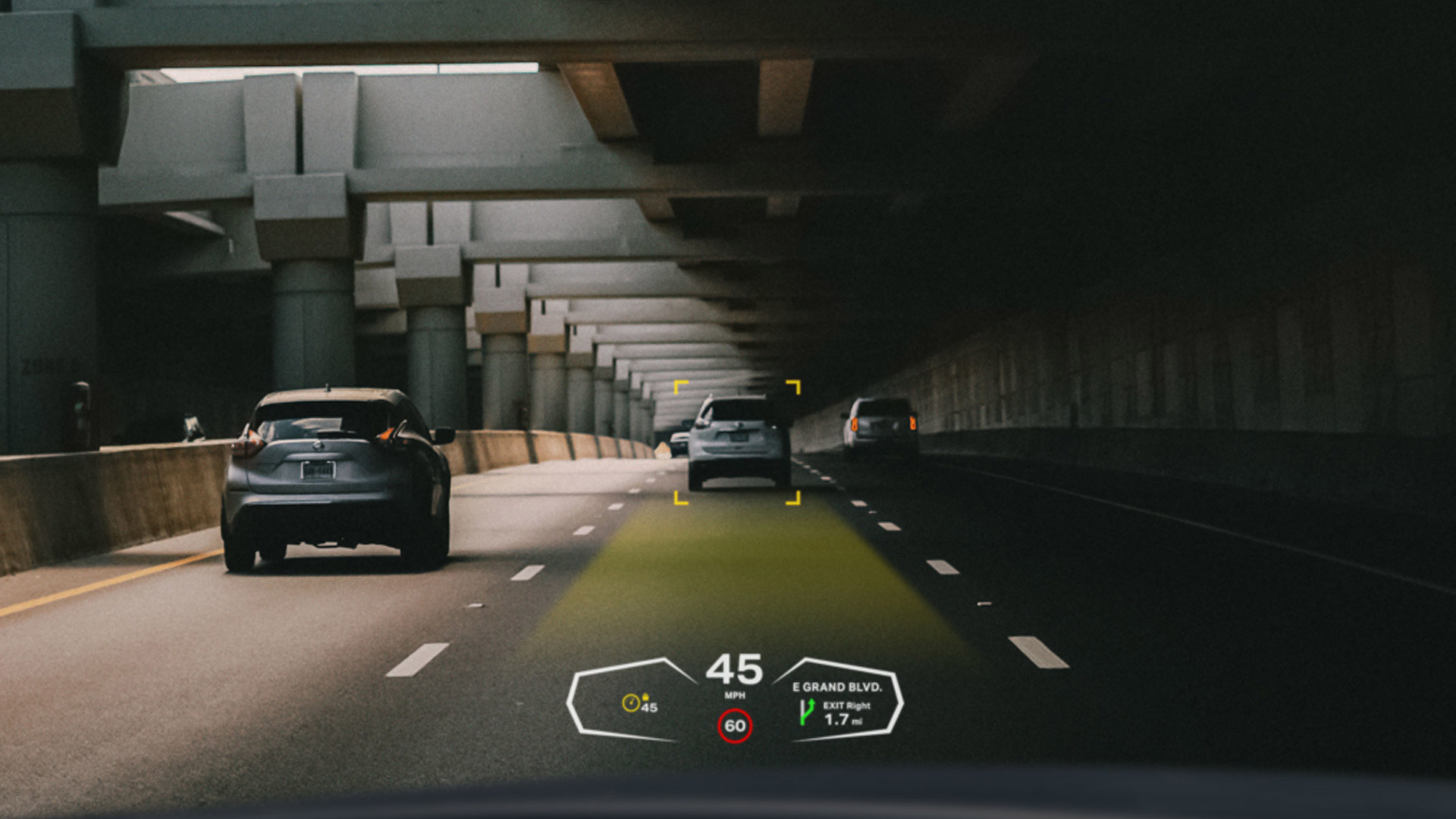
Envisics’ HUD is far beyond anything we’ve seen up till now. Current HUDs are just as small as those found in the fighter planes they’re derived from, small glass windows no bigger than the cluster they’re representing - in fact they’re typically smaller.
What Envisics have done is effectively turn the entire windshield into a HUD with clever use of holograms to manipulate light – slowing it down and causing it to behave in different ways. The effect is wondrous, opening up all of the potential of augmented reality seen in other devices to the automobile.
As well as the standard instrumentation display, navigation is also shown - but no longer limited to audio instructions or maps seen only by taking your eyes off the road. Directions can now be added to your view – visually showing you which lane to take. It's an altigether different kind of sat nav.
There doesn’t seem to be a limit on what can be shown, with other map based information like points of interest and your destination also demonstrated.
The system can also highlighting driving hazards, such as cyclists and other vehicles joining traffic, and provide colour coded warnings about safe following distance to other cars ahead - further improving its safety credentials.
The device is fitted into the dashboard in front of the driver, and projects the light up in front of them in a way that seems to float in the air. Their view through the windscreen also then passes through the holographic projection, layering the two on top of each other.
Move away from the drivers seat and you don’t see the effect, so passengers will not be able to see what the driver sees in the technology’s current form. This seems a little limiting, as it is highly likely the passenger will be more interested in additional map based information than the driver will.
It would be no surprise to see the system being improved upon in later versions of the technology, giving way to a dual system that projects information in a combined view - but with select elements limited to which front seat can see them. Too much information will after all obscure the drivers view and only to serve to distract them.
Another firm, Sekisui, has already developed a windscreen laminate that reacts to light, which would lend itself well to full width projections of this type – although how that system will negotiate the delicate balance of informational overload is yet to be seen.
With the new dashboard technology being developed, albeit with much of it looking more suitable for self-driving cars, it will be interesting to see how these systems will be used together to create the in-car environment of the near future – and science fiction can finally deliver on what’s been promised for so long.

